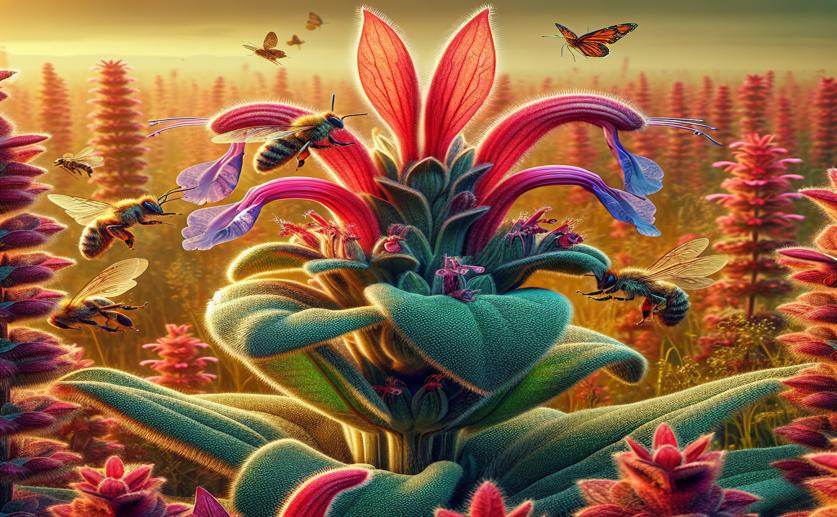
Rare Sage Plant Adapts to Pollinator Shortage Through Self-Pollination
Greg Howard
2nd March, 2024

Image Source: Natural Science News, 2024
Key Findings
- In the eastern Adriatic, the endangered sage Salvia brachyodon has seen a recent, significant range reduction
- One population is nearly isolated, while two others still share genes moderately
- The plant can self-pollinate or cross-pollinate, adapting to scarce pollinators
References
Main Study
1) Lack of pollinators selects for increased selfing, restricted gene flow and resource allocation in the rare Mediterranean sage Salvia brachyodon.
Published 29th February, 2024
https://doi.org/10.1038/s41598-024-55344-7
Related Studies
2) Microhabitat and Pollinator Differentiation Drive Reproductive Isolation between Two Sympatric Salvia Species (Lamiaceae).
3) Phylogeographic structure of common sage (Salvia officinalis L.) reveals microrefugia throughout the Balkans and colonizations of the Apennines.
4) Extensive pollen-mediated gene flow across intensively managed landscapes in an insect-pollinated shrub native to semiarid habitats.



 29th January, 2024 | David Palenski
29th January, 2024 | David Palenski